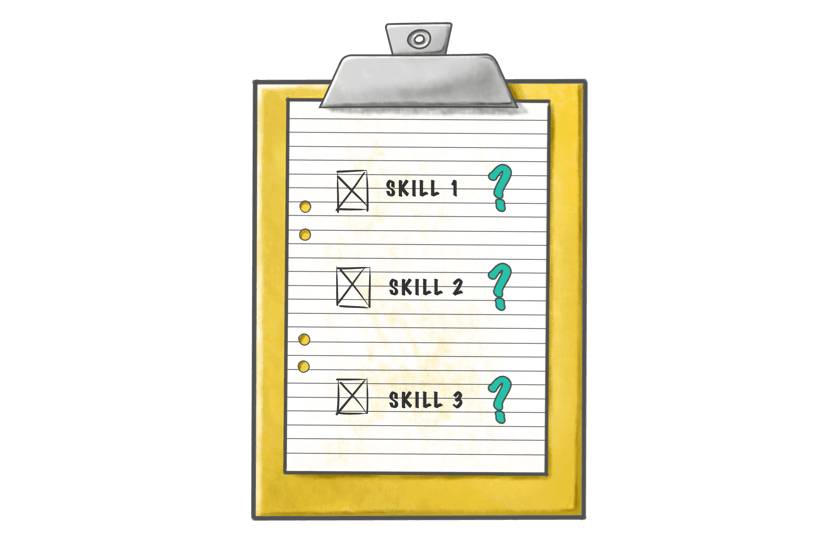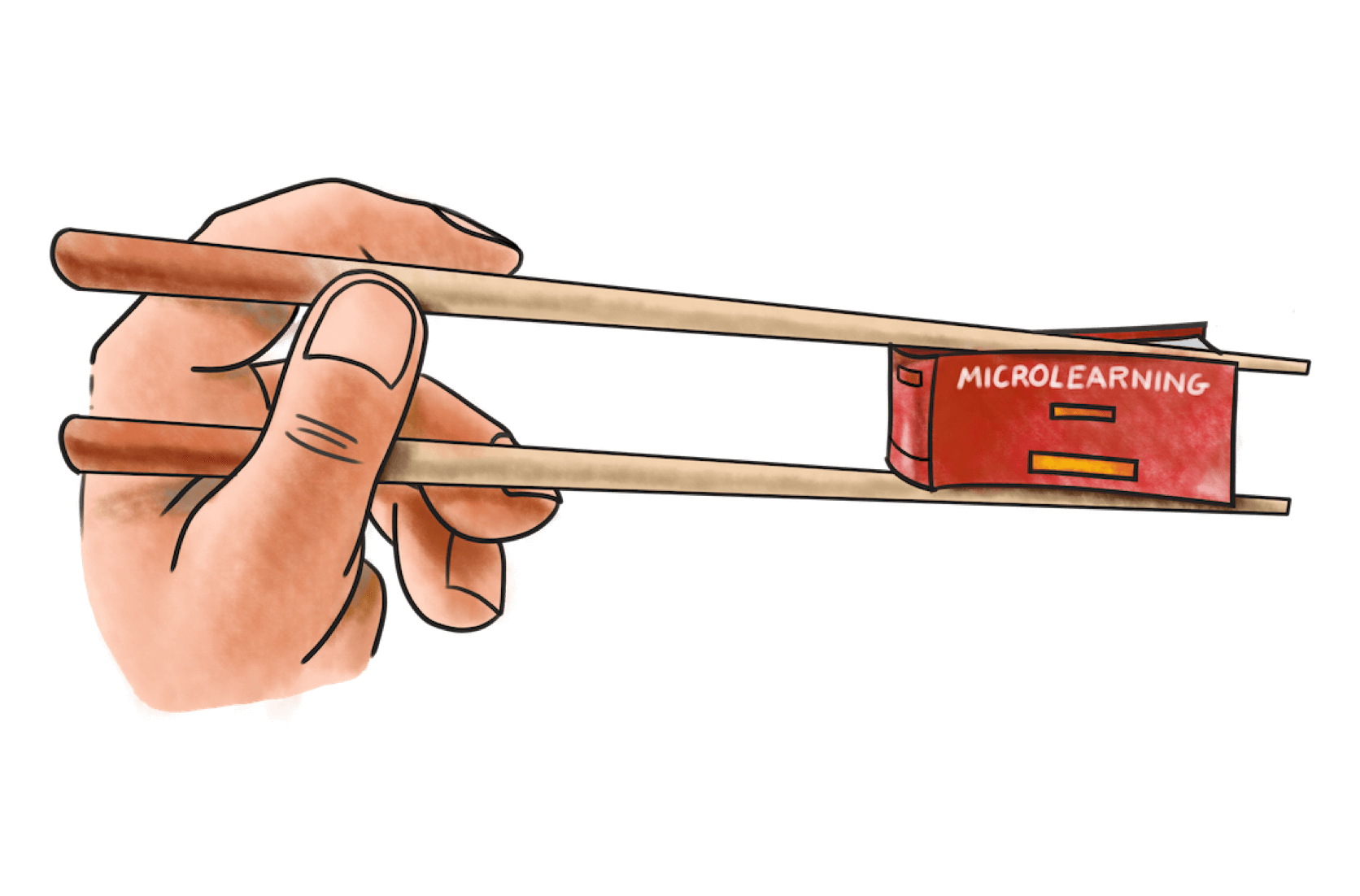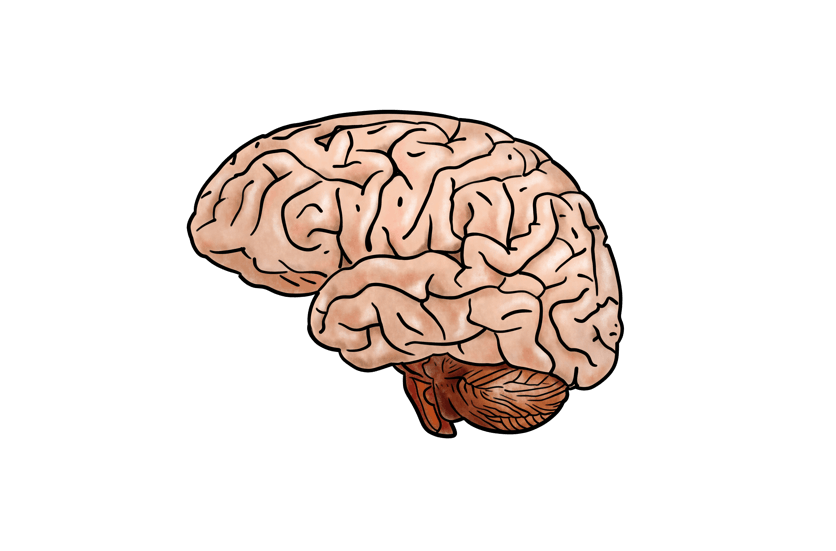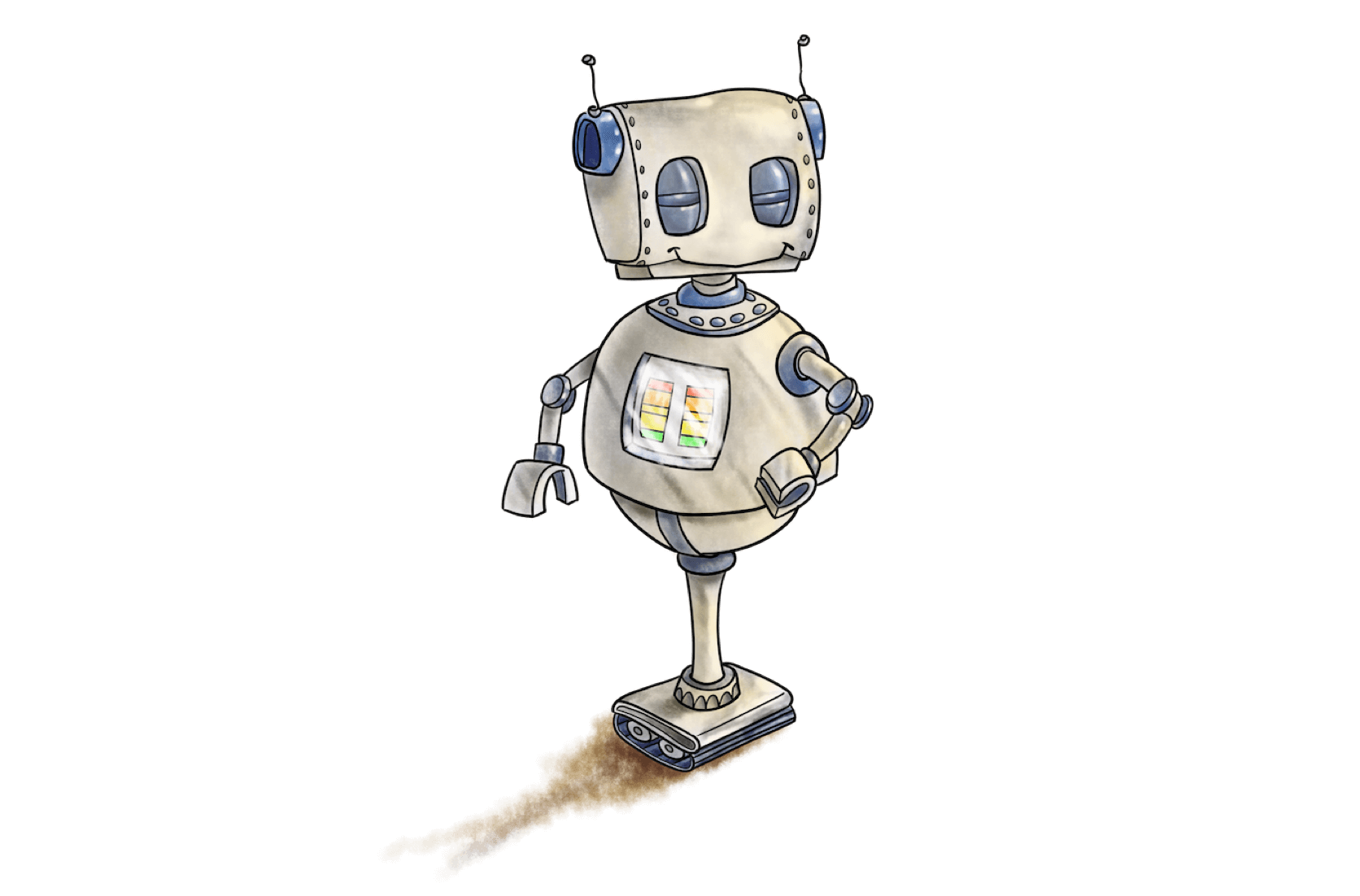
We've been at this Yarno thing for three and a half years now. It's a while. Not long in the scheme of universes and the line outside the Apple store door on new-product day, but it's long enough. Long enough to have spoken to a lot of people about what we do, and to have been asked a fair few questions about it.
Well, today, we're going to answer some of those questions. Here they are, the answers to a few of your most frequently-asked learning questions:
Question 1: What's spaced repetition?
Spaced repetition is the missing ingredient in almost all learning activities. What it is, is pretty simple: it's learning something, waiting a while, and then revising that same material. It's important because, as we all know, we're forgetful creatures. Not much of what we learn sticks. Where are my car keys? Was I meant to turn left at the second or third intersection? I know you *just* said it, but what's your name again? It can take us several goes to get even these simple things right, so it's a pretty big ask for us to remember a whole course in one try. That's why spaced repetition is as pragmatic as it is revolutionary: we know you can't remember everything after just one go, so let's go over the material again, and again. Before you know it, the information will stick, and you won't ever forget it.It works for anything: take learning your phone number. Without meaning to, you've practised spaced repetition with that number more times than you can count; you've written it down, told it to other people, at many, many spaced intervals. If spaced repetition can make something as random as the order of those numbers stick in your mind, imagine what it can do for skills and concepts that actually apply to you in life and work.This is just an overview of spaced repetition, we go more in-depth on how it works in a blog post which you can read here.
Question 2: How can I reduce injuries at work?
We work with a lot of trucking companies at Yarno, and we're asked a lot how using a microlearning platform can help keep truck drivers safe. You reduce injuries by teaching people to behave safely. So, while we hear this mostly from people in the transport industry, this question really applies to everyone, because what this question is really asking is "how can I change behaviour?"
It's the endless debate, "can people really change?" This isn't Ross and Rachel, so I'm not going to put you through the "will they, won't they." The answer is they will, and here's how:
“The most salient lessons happen when you’ve screwed up.”
Nearly a year ago now, in an interview, I asked our Instructional Designer, Joel Smith, how exactly you get people to change their ways, and he gave me the above little nugget of wisdom. Whether you're a teenager who's not going through a phase, or a safety compliance manager looking to reduce your cross-overs to zero, you've got to let people learn from their mistakes.
The trick is, however, to let them make mistakes in a safe environment. That's why, while it may seem counterintuitive, it's more effective to ask the question, and then provide the learning material. You're asked something, you search your brain for the answer (critical thinking!), and have a crack at answering. You might be wrong, but no worries, here's an explanation of where you went wrong. You learn from your mistakes, the message sinks in.
The next step to changing behaviour is embedding the learnings, so it becomes a part of that person's natural behaviour. Which you can (and we do) through representing the knowledge at spaced intervals. Or, in other words, through practice and revision. You learn to walk one step at a time. But it takes more than one step to walk. You take many, and you trip and fall, but you get back up. And now, you can't even remember not walking, it's just what you do.
Question 3: How can I know what my people don't know? Or, how can I know what my people have retained from training?
Oh, I'm so glad you asked. You see, while data gets a bad rap with all the shady stuff Facebook and Co. do with it, data isn't a bad guy. Data can be a really good guy, he can give us power.
Figuring out what people do and don't know is pretty easy with data and clear labelling of topic areas. How we do it is, first of all, we come from a problem-first standpoint. In discovery meetings, we don't ask, "What do you want your people to know?" we ask "what problems are you having?".
Once we know what problems people are experiencing, we work backwards and determine what content people need to know to address those problems. Once we've done this, we break down the content that we need to teach into topic areas. For example, our Whistleblower Rights and Protections course is broken into three topic areas:
- Whistleblower Rights and Protections
- Disclosure steps
- Distinguishing what's protected, from what's not
Then, when we write the questions, we write them to fit within these topics, and in the system, label each question to its corresponding topic. This means, through the magic of data, we can see exactly what areas people are struggling in, and what they're excelling in. Because we can also see exactly what questions people get right and wrong, we can break down to the individual question, exactly what each person does and doesn't know.
I'm using Yarno as an example, but this same process can be applied to any learning activity. Schools do this in their own way by creating a "rubric" for every class and measuring to what extent each student meets the requirements set out by it.
So that's how you know what people don't know. To know what people have retained, you retest the same material a while later and compare the pair. Oh data, you clever devil.
We actually also already wrote a whole blog post that goes a bit more in-depth on how exactly to know what your people don't know, which you can read here.
Hopefully, these answers have cleared up some misconceptions or missing-understanding you have. If there's something you're dying to know that we haven't covered here, send me an email at courtney@yarno.com.au, and I'll do my very best to answer it.
This post originally appeared in our monthly newsletter, The Yarn. For more content like this, subscribe to The Yarn here.
To learn about the big impact little bites of learning can have, download our microlearning white-paper.











































































































